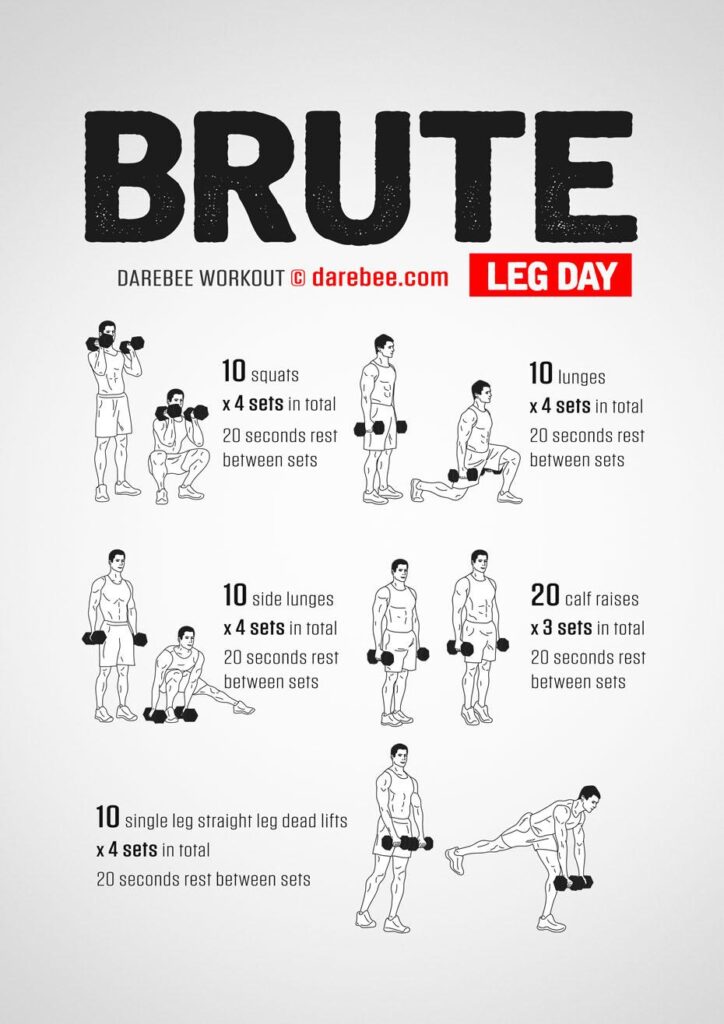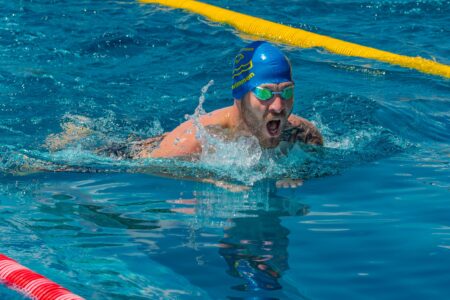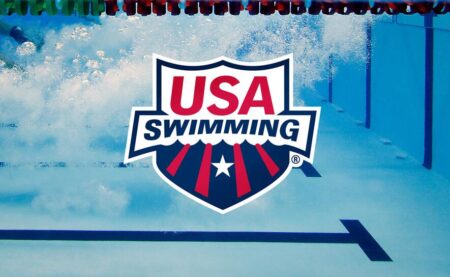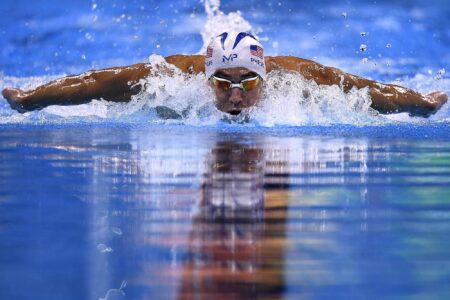Leg Day for Swimmers: Training, Exercises, and Why It Matters
In the competitive world of swimming, athletes are often focused on honing their upper body strength and improving their strokes. However, an equally vital aspect of a swimmer’s training regimen is often overlooked: leg strength. As swimmers prepare for the demands of the upcoming season, the significance of leg workouts is surfacing as a crucial component of their overall performance. From enhancing kick power to providing stability and balance in the water, leg strength plays a pivotal role in a swimmer’s success. In this article, we delve into the importance of leg day for swimmers, explore effective training exercises tailored for aquatic athletes, and examine expert insights into how these workouts can elevate performance in the pool. With an increasing number of swimming coaches and trainers emphasizing leg strength, understanding its benefits may be the key to unlocking an athlete’s full potential.
Leg Exercises Essential for Swimmers to Improve Power and Endurance
Swimmers depend heavily on their leg strength for optimal performance in the water. Building powerful legs not only enhances speed but also improves endurance during long swims. Essential leg exercises that should be included in a swimmer’s training routine focus on developing the quadriceps, hamstrings, calves, and glutes. Squats, lunges, and deadlifts are fundamental moves that engage multiple muscle groups, offering swimmers a solid foundation for explosive starts and powerful kicks. Incorporating plyometric exercises like box jumps and jump squats can further boost explosive power, crucial during competition phases.
In addition to strength building, endurance training is vital for maintaining performance over longer distances. High-repetition exercises like leg presses and calf raises can help swimmers develop the muscular endurance needed to sustain their kicks throughout the race. Swimmers can also benefit from circuit training, combining different leg exercises into a timed format to mimic the varying demands of swimming. A sample workout structure might look like this:
| Exercise | Reps | Sets |
|---|---|---|
| Squats | 12-15 | 3 |
| Lunges | 10-12 (each leg) | 3 |
| Box Jumps | 8-10 | 3 |
| Calf Raises | 15-20 | 4 |
Incorporating these exercises into a swimmer’s training regimen ensures not only improved leg strength but also significantly enhances overall swimming performance. By focusing on both power and endurance, swimmers can experience better starts, reduced fatigue, and greater efficiency in their strokes, ultimately leading to improved race times and competitive edge.
The Impact of Leg Strength on Swimming Performance and Injury Prevention
The strength of a swimmer’s legs is a critical factor that can greatly influence overall performance. With powerful leg muscles, swimmers can generate significant propulsion, which is essential for accelerating through the water. Key benefits of enhanced leg strength include:
- Improved Starts and Turns: Strong legs enable quicker push-offs from the wall and more explosive starts from the blocks.
- Increased Kicking Efficiency: A strong kick contributes to better body position, reducing drag and enhancing speed.
- Enhanced Endurance: Stronger leg muscles help swimmers maintain their performance over longer distances.
Moreover, integrating leg strength training into a swimmer’s routine can also play a significant role in injury prevention. By strengthening the muscles, tendons, and ligaments around the knees and hips, swimmers can reduce the risk of common injuries such as strains and ligament tears. Key recommendations for injury prevention include:
- Focusing on Flexibility: Stretching the muscles regularly to maintain a broad range of motion.
- Balancing Workouts: Incorporating a variety of exercises that target different muscle groups to avoid overuse injuries.
- Utilizing Proper Techniques: Ensuring that strength training exercises are performed with correct form to minimize injury risks.
Integrating Leg Workouts into Swim Training: Tips and Best Practices
Integrating leg workouts into swim training can yield significant benefits, enhancing both performance and strength. Swimmers often overlook the importance of leg development, focusing primarily on upper body workouts. However, strong legs play a crucial role in providing propulsion during strokes and maintaining stability in the water. To effectively merge leg workouts with swim training, consider incorporating exercises that mimic the motions of swimming combined with traditional leg strength exercises. Resistance training, such as squats and lunges, should be coupled with plyometric movements like box jumps, which help boost explosive power essential for diving off blocks and flip turns.
Here are some best practices for achieving an effective integration:
- Schedule Wisely: Align leg workouts with swim practice, allowing adequate recovery time between sessions.
- Prioritize Technique: Focus on proper form to prevent injury and maximize efficiency during both swim and leg exercises.
- Monitor Volume: Keep track of the volume and intensity of leg workouts to prevent fatigue that could negatively impact swim performance.
| Exercise | Focus Area | Notes |
|---|---|---|
| Squats | Quads, Hamstrings, Glutes | Builds overall leg strength |
| Lunges | Quads, Glutes | Enhances balance and flexibility |
| Box Jumps | Explosive Power | Improves speed off the block |
| Leg Press | Quads, Hamstrings | Targets major leg muscles |
The Way Forward
In conclusion, leg day is not just an essential component of a swimmer’s training regimen; it is a strategic necessity that can enhance performance both in the pool and beyond. By incorporating targeted exercises like squats, lunges, and plyometrics, swimmers can develop the strength, power, and endurance needed to propel themselves through water with increased efficiency. As highlighted by experts in the field, a well-rounded leg workout not only aids in improving swim times but also contributes to a balanced athletic physique, reducing the risk of injury and enhancing overall fitness.
As swimmers, focusing solely on upper body strength can lead to imbalances that hinder performance. Embracing leg day as a fundamental aspect of swim training allows athletes to achieve their peak potential. With the proper blend of training, nutrition, and recovery, swimmers of all levels can reap the benefits of a robust lower body, turning each stroke into a powerful movement against the currents of competition. Ultimately, leg day isn’t just an occasional workout; it’s a vital investment in the future of a swimmer’s success.





